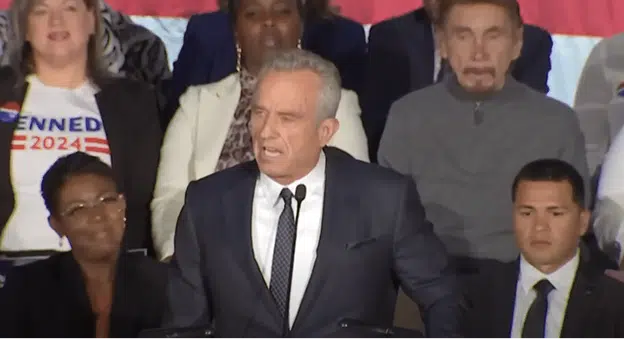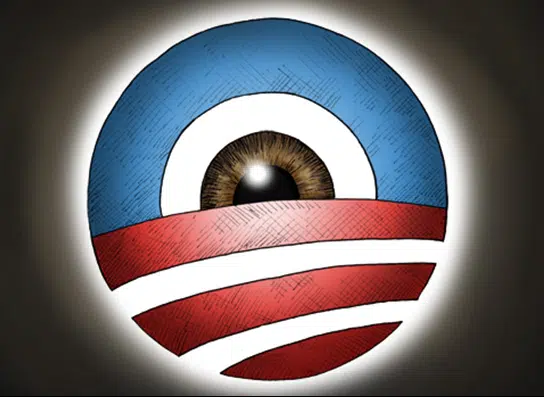
It paints a nice picture; towering fields of gigantic turbines on an open hillside or small residential windmills atop a house or barn all collecting power from the wind solving all your electricity needs.
Too bad it doesn’t really work all that well on a mass scale.
Wind power only accounts for about 1 percent of all the energy used in the U.S. today. In 2010, it accounted for 2.3 percent of all electricity generated in the U.S. These numbers aren’t low due to a lack of turbine farms in America, they are low because turbines only generate a percentage of their theoretical maximum output—the wind does not always blow.
What’s more ironic from an environmentalist perspective is the fact that these giant turbines (some can reach 400 feet tall and turn at speeds of 200 mph in peak times) kill a half-million birds and bats without penalty every year. Knowing the typical response of true environmentalists, if any other industry other than a “green” one caused that much damage they would be there with a lawsuit threatening to shut it down.
In mass, if wind power seems to kill more birds than it produces energy, why does it remain such an integral component in Obama’s energy plan? Why does America continue to spend millions of dollars on an unstable energy source when there is no shortage of other much cheaper, reliable industries?
The city of Reno, Nev., is probably asking itself the same question.
Windmills were installed in Reno between April and October of 2010 and cost about $1 million out of a $2.1 million federal energy grant given to the city that was part of President Obama’s stimulus package, which passed in 2009.
Unfortunately, to date the turbines haven’t performed well in the city.
In one example, the city of Reno paid $21,000 for a particular wind turbine only to have it save them $4 in energy costs. Furthermore, a total cost of $416,000 worth of turbines has netted the city $2,800 in energy savings—in two years.
John Hargrove, who manages NV Energy’s Renewable Generations program in Nevada, hits the nail on the head when it comes to the main problem with wind power. He said, “There is a lot of difference in some of the generators relative to what the (manufacturers) claim. A generator can claim to put out 100 kilowatt hours, but that’s based on an assumption that there’s a certain amount of wind. If you don’t have the wind, you won’t have the output.”
Wind power is not a sustainable source of energy. It’s a good idea in theory; a way to get something for doing nothing. But it’s simply not reliable.
This problem extends beyond just Reno. Since the city’s risky “green” investment was part of a larger renewable energy grant from Obama’s stimulus, all these wasted dollars once belonged to taxpayers.
Windmills served a great purpose when they were used to mill grain for food production, but a growing demand for electricity led to other more reliable and viable industries.
This isn’t to say wind power won’t play a role in the future, but when an industry with such poor output is eating up money from hard-working Americans, is it worth the investment? If wind power technology someday becomes a sustainable and affordable source of energy, then such an investment will make sense.
But for now, as Bill Wilson, president of Americans for Limited Government (ALG), says, “Using energy independence as an excuse to fund unsustainable green energy programs is nothing more than tilting at windmills at the expense of U.S. taxpayers.”
Rebekah Rast is a contributing editor to Americans for Limited Government (ALG) and NetRightDaily.com. You can follow her on twitter at @RebekahRast.







